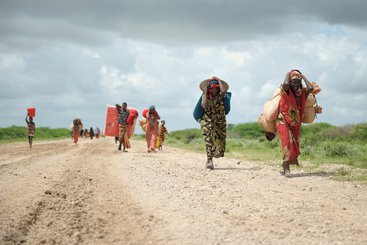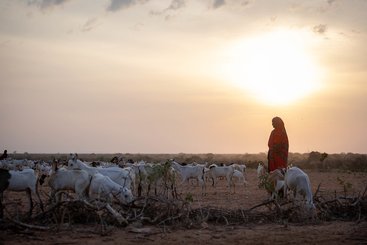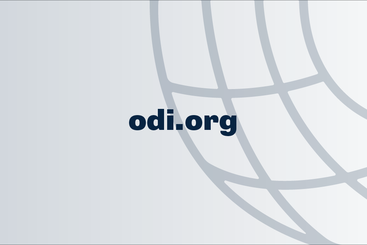This brief is the first part of a series highlighting learnings that are emerging from a longitudinal study on anticipatory action in Somalia.
Supporting Pastoralism and Agriculture in Recurrent and Protracted Crises (SPARC) has established a panel of households for regular interviews in Somalia, including Somaliland and Puntland. Because there were forecasts of poor first rains in 2021 in parts of the Horn of Africa, following on from poor second rains in 2020, the risk of a drought crisis was heightened. This opened a window of opportunity for a real-time learning exercise, which could be useful for the future design of anticipatory action, by following farmers, pastoralists and traders throughout the rainy season and beyond to answer the following critical questions:
- As shocks approach and as crises develop, what do (different) people know – about the future risk, its potential impacts and possible mitigating strategies?
- What are their objectives at different times, given what they know (or what they think they know)?
- What would they like to be able to do to avoid or mitigate the predicted problems?
- What are their constraints to taking action? How and when could these constraints be removed?
The first brief of the series highlighted some important key messages with regards to anticipatory action in Somalia:
- Anticipating weather-related shocks is not as simple as predicting rainfall and then looking at the agricultural seasonal calendar. People in many parts of Somalia have been faced with several overlapping shocks, with interconnected impacts.
- Livelihoods are also frequently diversified, often combining activities across rural and urban settings. However, the early warning systems used to trigger anticipatory actions tend to look at particular hazards, usually related to agriculture and relying on a very narrow set of parameters. This mismatch makes it hard to use them to trigger the right support at the right time.
- Difficulties begin long before the calendar on which humanitarian anticipatory action can take place. Other channels for development resources are needed to support livelihoods to deal with crisis, especially because livelihoods are dynamic and so support must help people in their constant adaptations.
Authors: Simon Levine, Alex Humphrey, Lena Weingartner, Muzzamil Abdi Sheikh
-
Understanding the role of anticipatory action in Somalia
Read more about Understanding the role of anticipatory action in Somalia.




